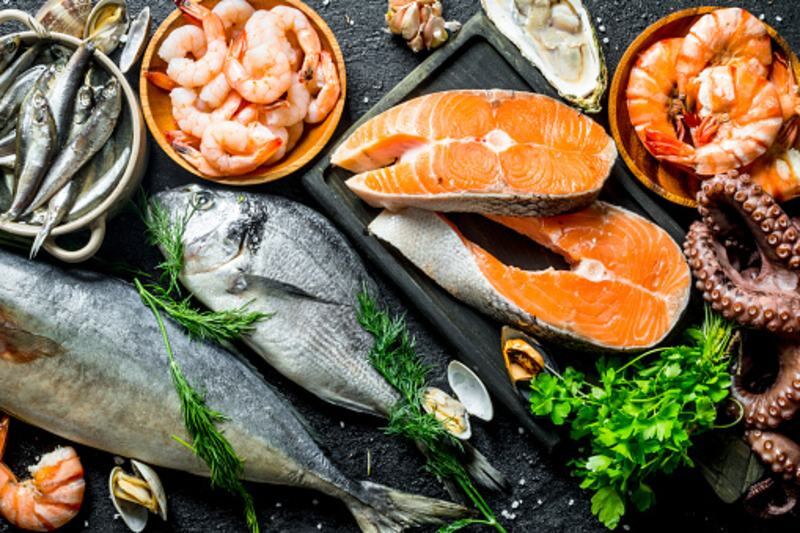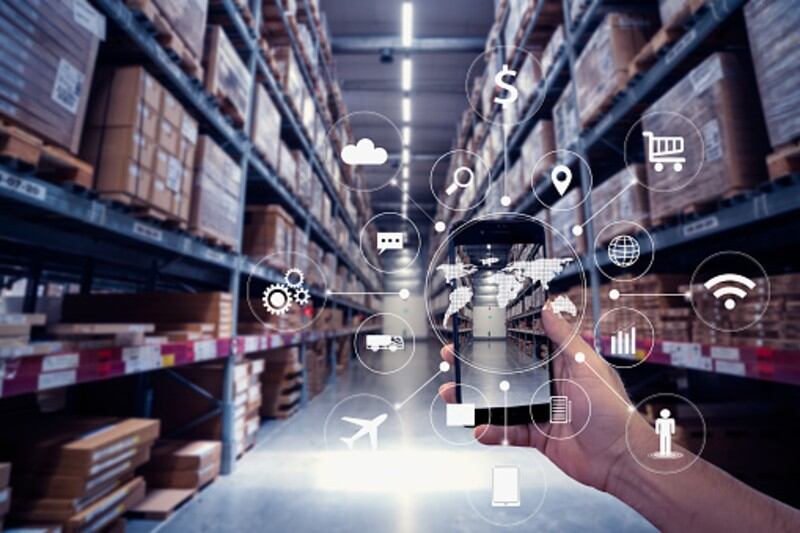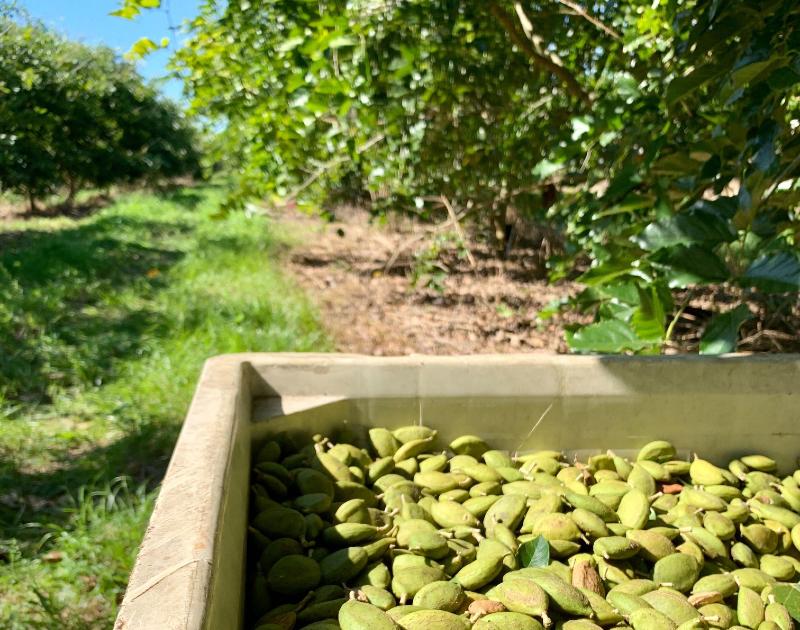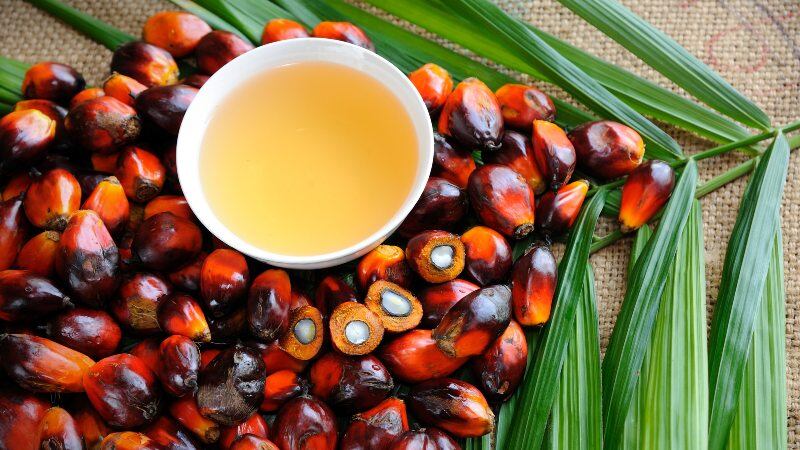The technology is being developed by the Australian Nuclear Science Technology Organisation (ANSTO) under the leadership of Senior Research Scientist Dr Debashish Mazumder, based on nuclear and X-ray tech.
“[This] provenance research is a novel method using cutting-edge nuclear technology such as stable isotope analysis and micro-X-ray fluorescence (ITRAX) to generate ‘isotopic-elemental’ seafood fingerprints,” Dr Mazumder told FoodNavigator-Asia.
“The production method and geographic origin of the seafood can then be established by [matching these] unique fingerprints to an origins database using a modelling technique. [It] will trace seafood back to its origin (whether it is farmed or wild caught, and the geographic origin) by obtaining information about where it was bred and fed etc.
“The aim is to have the method available to the seafood industry [to test the seafood they have purchased], so that it can act as a deterrent against food fraud.”
Dr Mazumder’s research recently obtained a A$202,500 (US$144,914) Traceability Grant from the Australian Department of Agriculture, Water and Environment, which he intends to utilise to make the technology more portable for use by the seafood industry all along the seafood supply chain.
“Food fraud is an issue that applies across the market chain, [and many previous] examples of food fraud and substitution across the globe [show that] retailers and food companies can also be victims [by purchasing seafood that has not originated from where they thought it did],” he said.
“[Even at the top of the chain, fishermen may suffer from loss of earnings due to seafood fraud], so this tech may be able to help by verifying a wild vs farmed environment and linking it to a geographical location to verify whether the catch came from the wild, or otherwise.
“Overall, [an efficient] method of determining food provenance [is needed to] add value and certainty to the seafood supply chain. Therefore, [we will use] the new grant to develop a fast and portable technique as an alternative to current laboratory-based methods, in order to ensure seafood provenance along the supply chain.”
This will be done by developing a new portable scanner based on the X-ray technology that the team has developed, enabling the seafood to be scanned and analysed much more quickly on-site, skipping the steps of sending samples to a laboratory, conducting analysis in the lab, awaiting results, and then sending these results back.
“This handheld approach will save time and effort by avoiding the delay of taking samples for laboratory-based investigations to confirm where a seafood product originated,” said Dr Mazumder.
“It is anticipated that a quick and effective method can allow regulatory bodies and the seafood industry to process a large batch of samples quickly on site.
“To the best of our knowledge, there is no recorded information about the application of this approach for seafood provenance anywhere else.”
Food safety as an added bonus
In addition to tracing the origin of the seafood, Dr Mazumder added that this X-ray technology can also help with food safety concerns as it would also be able to detect any possible contamination by harmful elements based on the isotope analysis.
“In addition to identifying the origins of seafood, it could even help in revealing the presence of harmful elements, such as heavy metals, which could in turn help inform management decisions about steps to protect consumers from contaminated product,” he said.
“At the moment our research is focused on seafood [as] fish are highly mobile and therefore it is more difficult to trace back to their origin – but once the technology has been further refined, it can be applied to other types of food including agriculture produce.”
The team is also focusing on broadening its database to match seafood fingerprints against, so as to be able to identify seafood from more geographies.
"[We will] develop a database of samples to create Australia-specific models, [which] will allow us to authenticate the origins of seafood more broadly. Once that is achieved, our models will be tested rigorously in the marketplace and refined further,” said Dr Mazumder.
The team’s technology and research is being developed in partnership with University of New South Wales, Macquarie University, the National Measurement Institute and the Sydney Fish Market.
"When people are going to iconic locations along the Australian coast, thinking they are eating product from that area and it is something that is different, we want to avoid that," Sydney Fish Market Supply and Business Development Manager Erik Poole told ABC.
"We just want transparency to ensure there is a level playing field for Australian producers and hopefully this technology could help with that."





